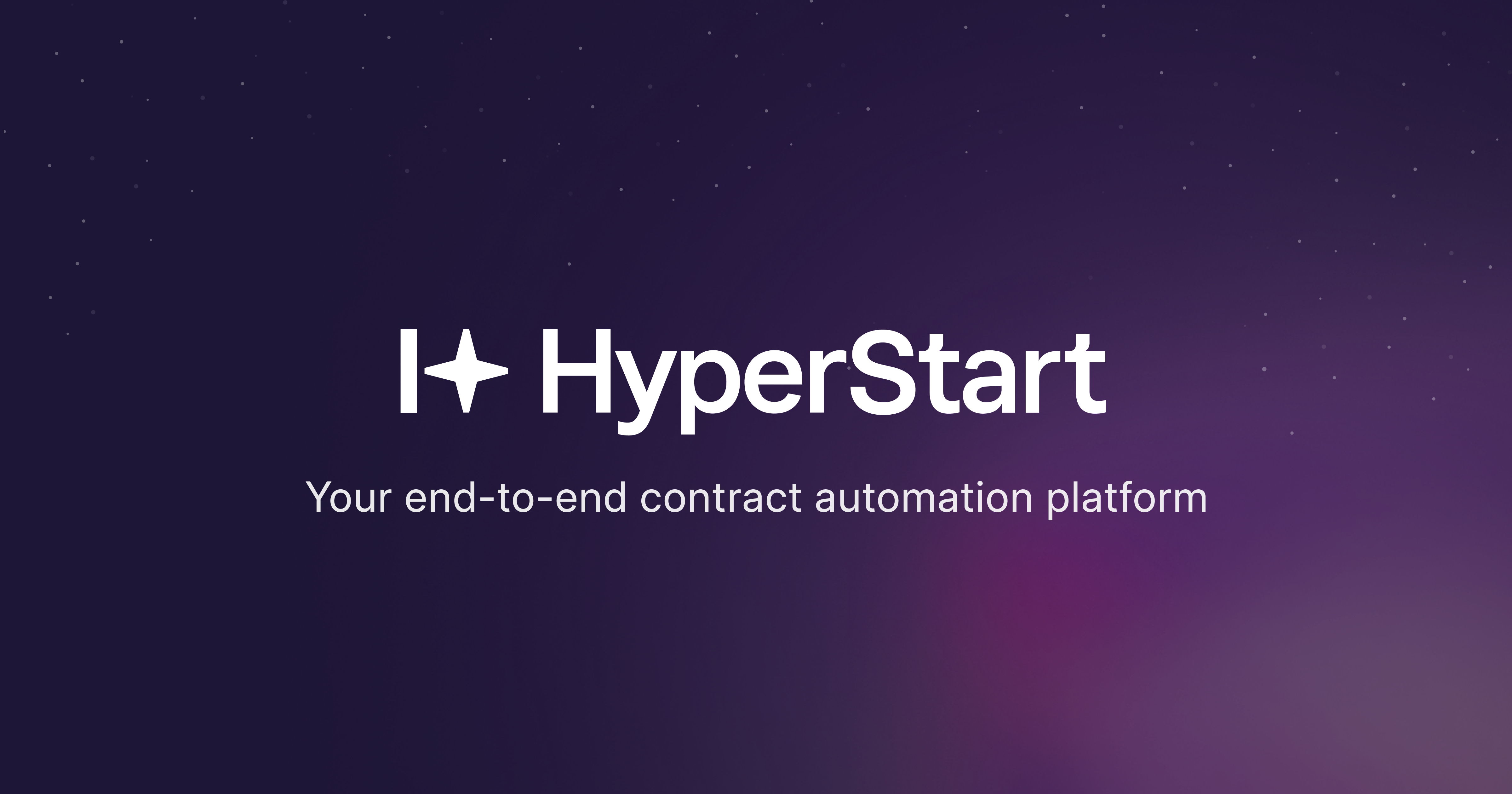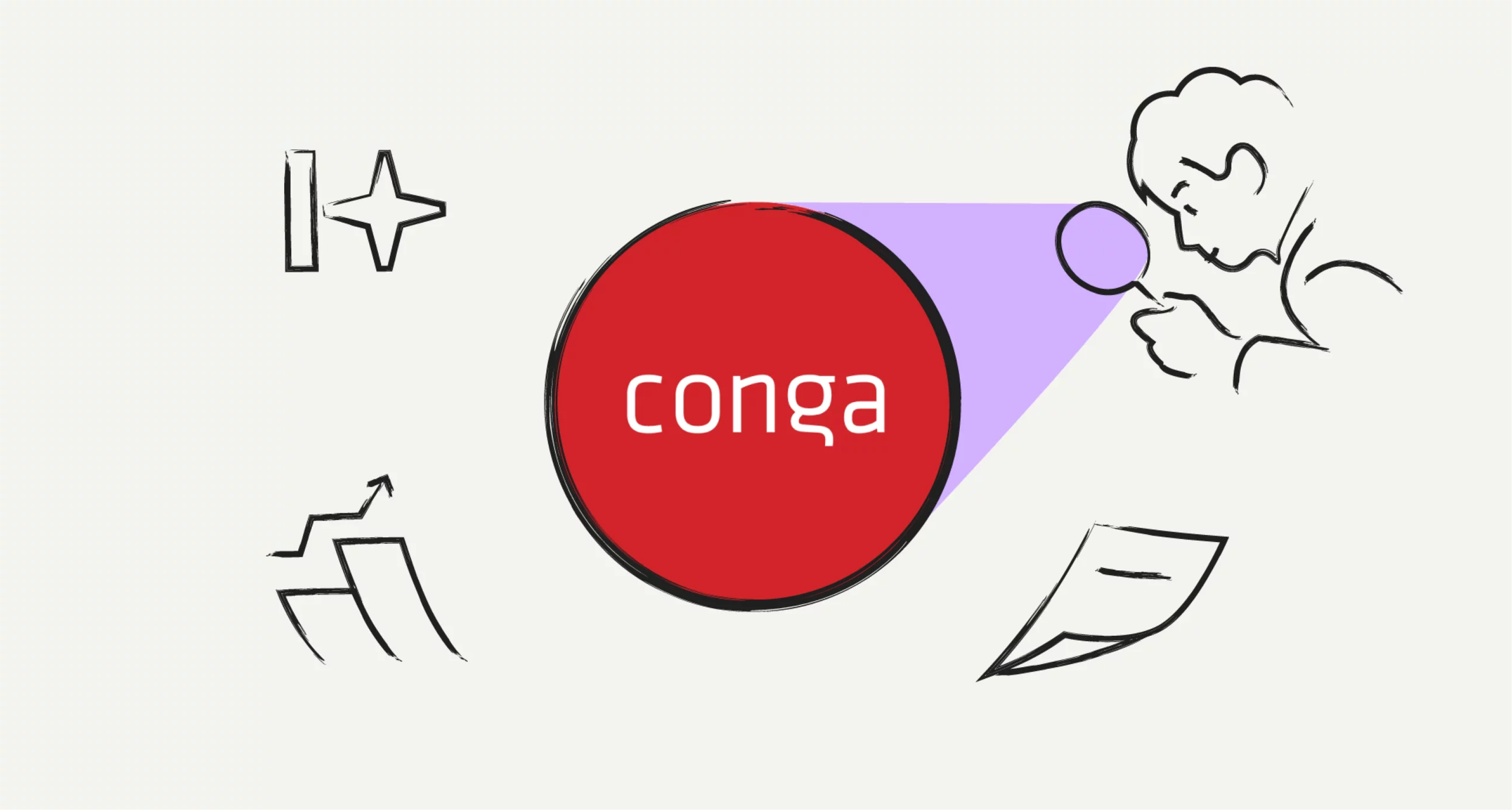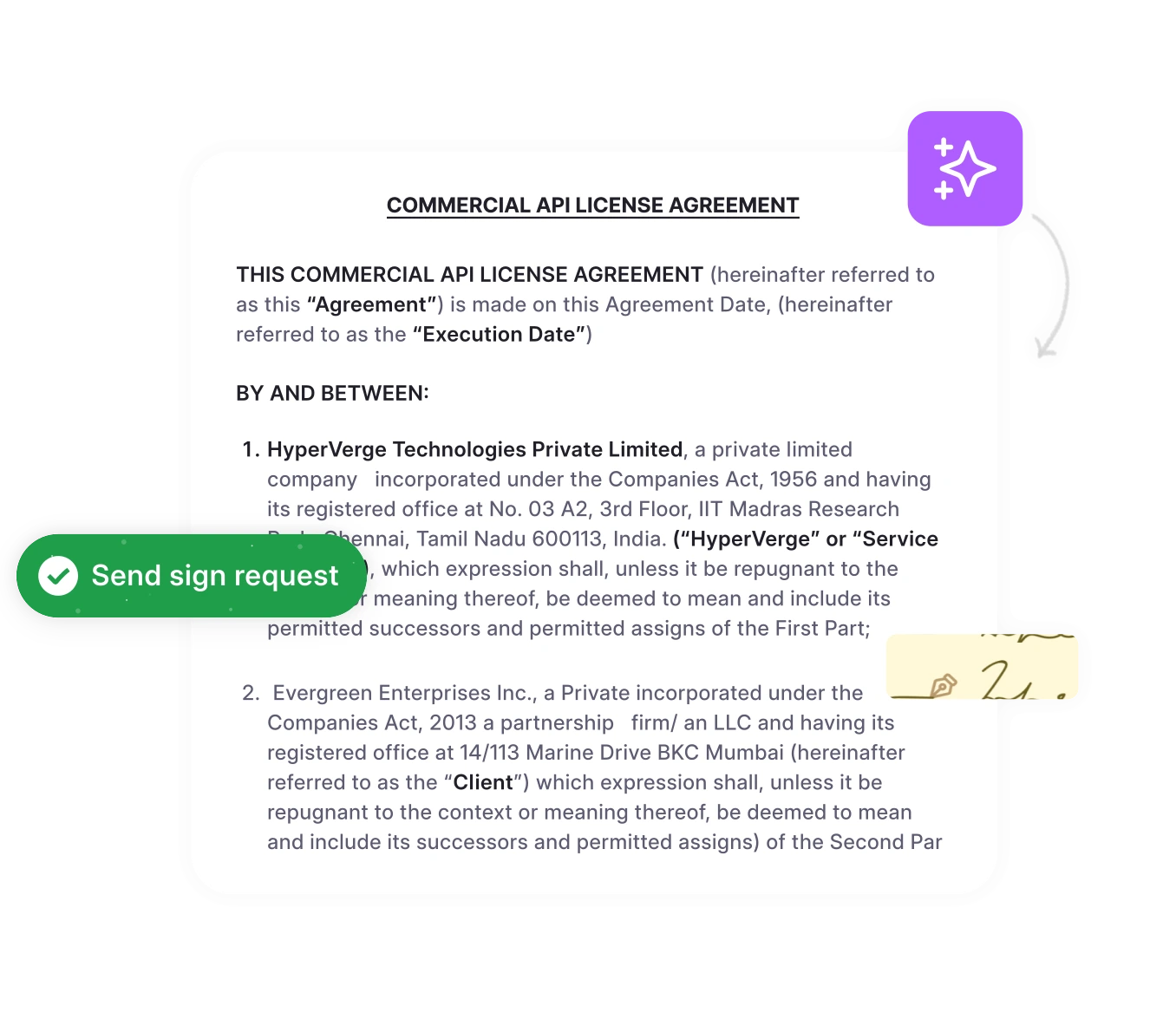Enterprise License Agreements (ELAs) represent both an opportunity for significant cost savings and a potential source of compliance issues.
This guide explores what ELAs are, when they make sense, and how to avoid common pitfalls.
Before diving into the mechanics, let’s establish what makes an ELA different from the traditional software licenses your legal team manages daily.
What is an enterprise license agreement?
An Enterprise License Agreement is a comprehensive software licensing contract that provides organization-wide full access to specific software products under a single, unified agreement. Instead of managing dozens of individual licenses across departments, ELAs consolidate your software procurement into one strategic contract, typically spanning three to five years.
How ELAs differ from traditional licensing
| Aspect | Traditional Licensing | Enterprise License Agreement |
| Cost Model | Per user/device | Fixed enterprise fee |
| Scalability | Purchase as needed | Unlimited/capped growth |
| Compliance | Complex tracking | Simplified management |
| Negotiation | Multiple transactions | Single strategic deal |
Common ELA contract structure
Enterprise agreements typically fall into four categories:
- Unlimited License Agreements (ULA): Deploy unlimited use during the agreement term
- Capped License Agreements: Set maximum deployment limits with room for growth
- Hybrid models: Combine unlimited rights for some products with capped licenses for others
- Consumption-based ELAs: Pay based on actual usage metrics rather than user counts
Now that you understand the fundamental structure of ELAs, let’s examine the critical components that determine whether an agreement protects your interests or leaves you exposed to unexpected costs.
Key components of a comprehensive enterprise license agreement
Every ELA contains standard elements, but knowing which provisions deserve extra scrutiny during negotiations can mean the difference between strategic success and costly surprises down the road.
Essential terms and provisions
The license grant establishes your scope of permitted use—what you can do with the software and where. Territory restrictions determine geographic limitations, while the term defines duration and renewal options. It must also specify exactly which products are included and who qualifies as an authorized end user.
Financial structure
The financial framework of your ELA determines both immediate costs and long-term value. Organizations can choose between upfront payments or annual fees, with most opting for three annual payments instead of one up-front payment. This helps reduce initial costs and helps you forecast annual software budget requirements. Maintenance and support costs typically run 16-25% of license fees annually.
Read also How to negotiate SaaS contracts
Compliance and audit provisions
These provisions establish certification processes, non-compliance remedies, and usage reporting obligations that keep both parties aligned on deployment metrics.
Technical specifications
They must address modern technical realities: intellectual property rights, deployment restrictions, virtualization rights, cloud usage provisions, disaster recovery rights, and development/test environment permissions.
With these foundational components in place, your ELA shifts from a simple purchasing vehicle to a strategic enabler. Let’s explore the benefits this brings to your entire organization.
Optimize your ELA management
Track usage, ensure compliance, and maximize value from every agreement.
Book a DemoBenefits of enterprise license agreements
When structured correctly, ELAs deliver value far beyond simple cost savings. Here’s how organizations leverage these agreements to transform their software management approach.
Financial advantages
The financial benefits extend beyond simple volume discounts. Budget predictability through fixed costs enables accurate long-term planning. Reduced transaction costs from single negotiations and predictable payment terms improve cash flow management significantly.
Business operations
We are building an AI-powered contract lifecycle management platform designed to solve large-scale contract management challenges. Enabling organizations to automate workflows, ensure compliance, reduce risk, and gain actionable insights from their contracts at scale.
This perspective aligns perfectly with how modern ELAs should function—as strategic tools that streamline procurement, reduce compliance risk, and enable faster deployment across the organization.
ELAs transform how organizations manage software. For IT departments specifically, integrating ELAs into your broader IT contract management strategy ensures alignment between licensing and infrastructure planning.
Strategic value
Organization-wide standardization through ELAs creates consistency with a single organization-wide agreement. Enhanced vendor partnerships provide access to premium support and early adoption opportunities for new features. Most importantly, ELAs align technology roadmaps between vendors and organizations, ensuring long-term compatibility.
Achieving these benefits involves avoiding the common traps that ensnare unprepared organizations. Understanding these pitfalls before signing is crucial.
Common pitfalls and how to avoid them
Learning from contract history and precedents helps you negotiate stronger agreements from the start.
Over-licensing and shelfware
An accurate needs assessment prevents paying for unused licenses. Implement phased deployment planning with regular utilization reviews. Make sure you’re neither under-licensed nor wasting budget on redundant capacity.
Lock-in risks
Exit must be planned before signing. Ensure data portability requirements and transition assistance provisions are included. Continuously evaluate alternative vendors to maintain negotiating leverage.
Hidden costs
Implementation expenses, training requirements, integration costs, and ongoing management resources can significantly impact the total cost of ownership. Factor these into your initial budget planning.
3 important commercial features:
- The cost of the license that you buy in the beginning
- The price of the product till the end of the term
- Volume discounts
Avoiding these pitfalls is the beginning. True ELA success comes from proactive management throughout the agreement lifecycle.
Managing your ELA effectively
Signing an ELA marks the beginning, not the end, of your optimization journey. The organizations that extract maximum value treat ELA management as an ongoing strategic initiative.
Implementation strategy
Success requires design. Create detailed deployment roadmaps, establish stakeholder communication channels, develop comprehensive training programs, and define clear success metrics from day one.
Ongoing management
The automated approval workflows and the AI feature that helps easily identify essential clauses in the contract. The team is also incredibly responsive and provides clear, actionable solutions that feel tailored to our needs.”
Continuous optimization drives value. Usage tracking and reporting, compliance monitoring, value realization reviews, and proactive relationship management ensure your ELA delivers promised benefits. This automation becomes crucial when managing complex ELAs across multiple departments and stakeholders.
Technology and tools
Modern contract lifecycle management platforms transform ELA administration. Software asset management (SAM) tools, license optimization platforms, automated compliance tracking, usage analytics, and cost allocation systems provide the visibility needed for effective management.
For renewal tracking and strategic planning, demonstrating value realized across multiple departments strengthens your negotiation position. Microsoft announced in November 2024 that a “small number” of “cloud Enterprise Agreements” in direct markets will not be renewable. In January 2025, Microsoft began notifying selected clients to switch them to CSP or MCA-E agreements. This shift highlights the importance of staying ahead of software vendor changes.
Master enterprise license agreements
From negotiation to renewal, manage ELAs with confidence.
Book a DemoEffective management strategies vary by industry, each with unique compliance requirements and operational challenges that demand tailored approaches.
Examples and pain points: Industry-specific ELA considerations
Different industries face distinct ELA challenges, from regulatory compliance in healthcare to rapid scaling in technology. Understanding your sector’s specific requirements prevents costly oversights.
The SAP v Diageo case serves as a crucial warning about indirect access risks. SAP brought its claim against Diageo in October 2015, seeking £54,503,578 in licence fees for what SAP claimed was unlicensed indirect access through third-party systems. On the wording of the agreement, if the type of Named User did not fall into one of the payment categories set out in the schedule, the agreement provided for the fee to simply be determined in accordance with SAP’s price list at the time.
This case highlights critical considerations across industries:
- Technology sector: Development and test provisions, cloud-native considerations, API and integration rights, and open-source implications require careful attention in tech-focused ELAs.
- Financial services: Regulatory compliance requirements, audit trail provisions, data residency clauses, and business continuity rights take precedence in heavily regulated environments.
- Healthcare: HIPAA compliance terms, clinical system provisions, research use rights, and patient data protections must be explicitly addressed.
- Government and education: Special pricing model provisions, compliance certifications, security requirements, and accurate budgeting alignment accommodate public sector constraints.
Here are 3 cautions for managing ELAs well:
- You must track usage inside the ELA
- Feature control.
- Hybrid deployments don’t simplify licensing.
These industry-specific considerations reinforce a universal truth: successful ELA management requires both strategic planning and the right tools to make the most of your SaaS agreements effectively.
Wrapping up
Enterprise License Agreements represent a powerful tool for organizations ready to take control of their software licensing strategy. Success requires understanding both the opportunities and risks, maintaining vigilant compliance monitoring, and leveraging modern CLM platforms to automate complex workflows.
The lessons from cases like SAP v Diageo underscore the importance of clear contract terms and proactive management. With AI-powered contract lifecycle management tools, organizations can transform ELAs from administrative burdens into strategic assets that drive value across the enterprise.
Never overpay for software again
AI-powered insights for smarter ELA negotiations and management
Book a Demo












